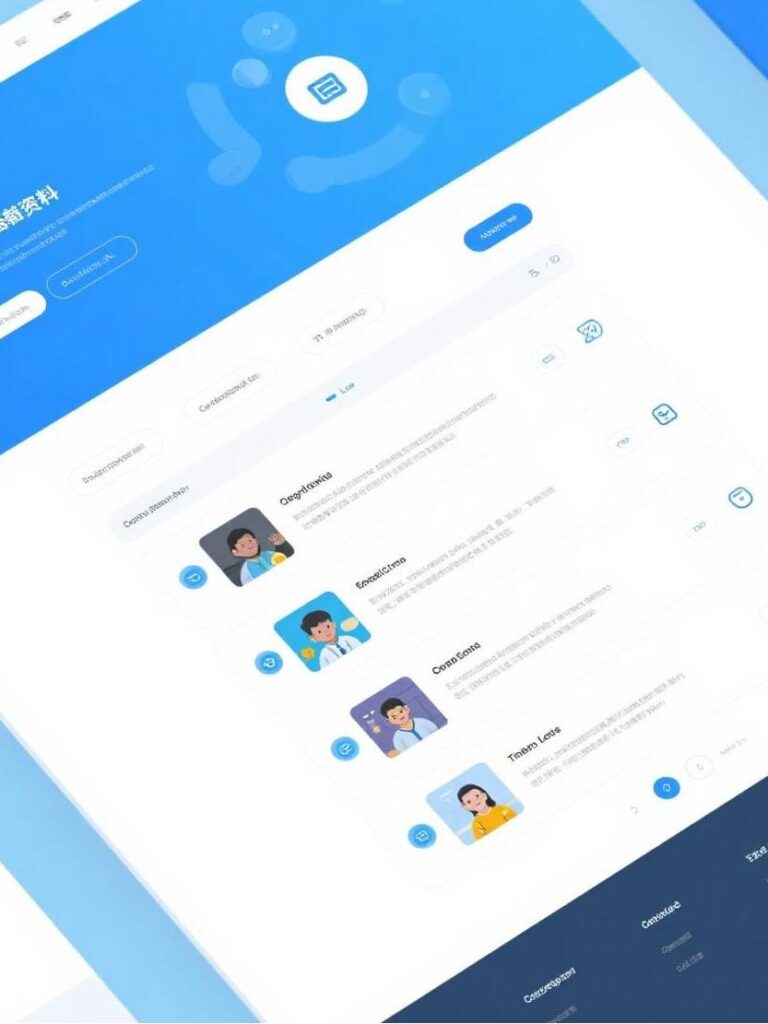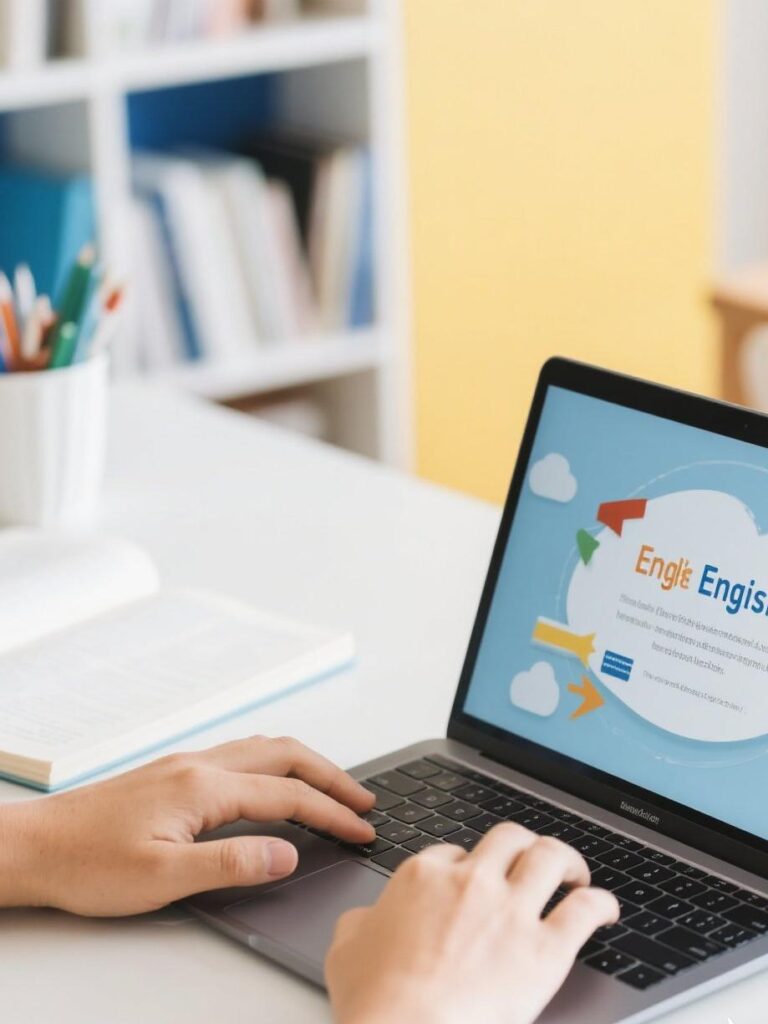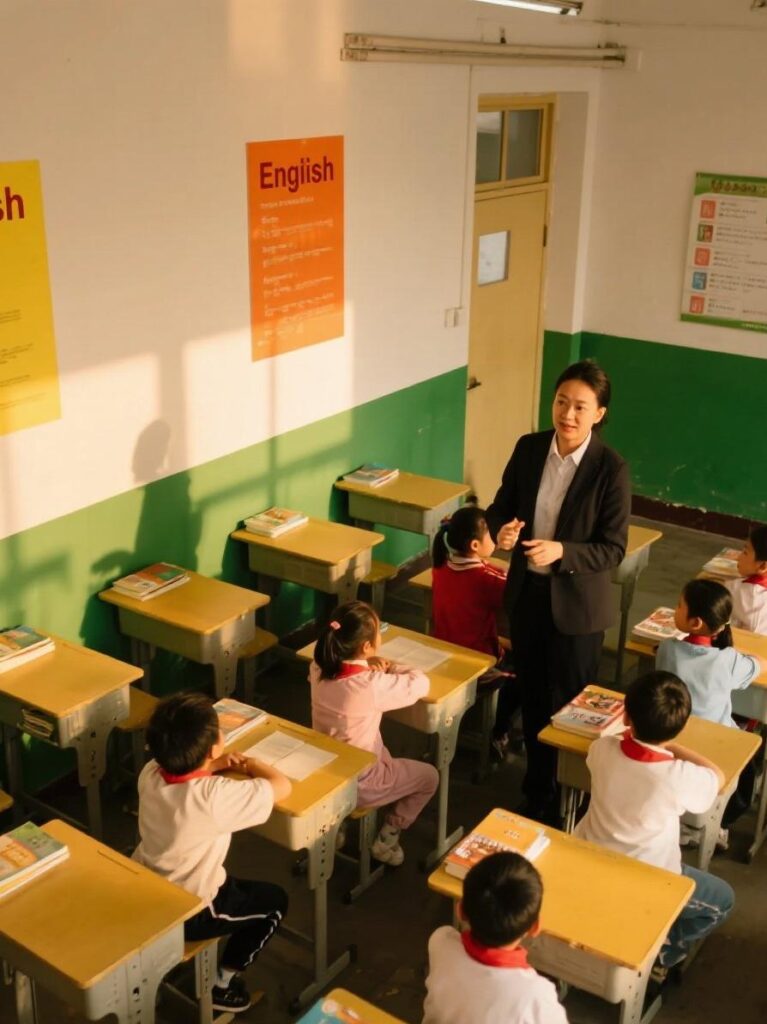开篇:数学可以这样有趣!
“妈妈,今天的数学作业我能多做几道吗?”当7岁的小杰主动提出这样的要求时,他的妈妈简直不敢相信自己的耳朵。这个曾经看到数学题就哭闹的孩子,如今已经成为班上的”数学小老师”。这样的转变,正是Sinobus数学快乐教育的最佳见证。
一、新加坡数学:严谨与趣味并存的教育瑰宝
- 世界公认的优质数学教育
- TIMSS国际数学评测常年位居全球前三
- 独创的”三步教学法”:具体→图示→抽象
- 培养真正的数学思维能力
- 科学合理的课程设置
- 低年级:培养数感和运算能力
- 中年级:建立数学模型思维
- 高年级:发展复杂问题解决能力
二、数学学习困难诊断室
- 数字敏感度不足
- 表现:数字记忆困难
- 解决方案:数字形象化记忆法
- 运算速度慢
- 表现:依赖手指计算
- 解决方案:心算技巧特训
- 应用题型恐惧
- 表现:看到长题目就放弃
- 解决方案:分步拆解法
三、Sinobus快乐数学五部曲
- 玩中学
- 数学棋盘游戏
- 数字寻宝挑战
- 几何积木创作
- 做中学
- 厨房测量实验
- 超市价格计算
- 旅行路程规划
- 赛中学
- 家庭数学竞赛
- 班级解题大赛
- 线上数学擂台
- 创中学
- 自编数学故事
- 设计数学谜题
- 制作数学手账
- 用中学
- 管理零用钱
- 规划时间表
- 解决生活问题
四、Sinobus智能学习系统
- 精准诊断
- 学习风格测试
- 知识漏洞扫描
- 能力水平评估
- 个性方案
- 定制学习路径
- 动态调整难度
- 专属进度追踪
- 趣味互动
- 虚拟实验室
- 动画讲解
- 游戏化练习
- 成效保障
- 每周学习报告
- 每月成长分析
- 学期综合评估
五、家长辅导黄金法则
- 环境营造
- 设立数学角
- 准备数学玩具
- 张贴数学海报
- 沟通技巧
- “我们一起试试”代替”这很简单”
- “进步很大”代替”怎么又错了”
- “下次会更好”代替”太粗心了”
- 习惯培养
- 固定学习时间
- 整理错题本
- 定期复习巩固
六、为什么选择Sinobus?
- 顶尖师资
- 全部教师通过MOE严格认证
- 定期教学方法培训
- 儿童心理辅导认证
- 科学课程
- 新加坡数学大纲为基础
- 融入国际先进教法
- 能力与兴趣并重
- 显著效果
- 95%学员成绩提升1-2个等级
- 88%学员建立数学自信
- 100%家长认可教学效果
真实成长故事
案例1:小一学生美玲
- 初始状态:10以内加减法困难
- 3个月后:熟练掌握100以内加减
- 特别收获:成为班级数学小助手
案例2:小四学生志明
- 初始状态:应用题正确率仅40%
- 6个月后:PSLE模拟考达AL2
- 特别收获:自发创办数学兴趣社
家长Q&A
Q:课程如何安排?
A:根据评估结果建议每周2-3次课,每次45-60分钟,时间灵活可选。
Q:如何保证学习效果?
A:采用”教学-练习-测试-反馈”闭环系统,每月提供详细进步报告。
Q:适合特殊需求儿童吗?
A:我们有专门的学习支持计划,可为ADHD、阅读障碍等学生定制方案。
结语:让数学成为孩子的超能力
在Sinobus,我们相信每个孩子都具备数学潜能。通过科学的方法和快乐的引导,数学不再是令人畏惧的难题,而将成为孩子们探索世界的超级工具。
立即行动,让孩子获得:
✓ 免费能力评估
✓ 试听体验课
✓ 数学启蒙礼包
Contact Us WhatsApp:+8618165329059





